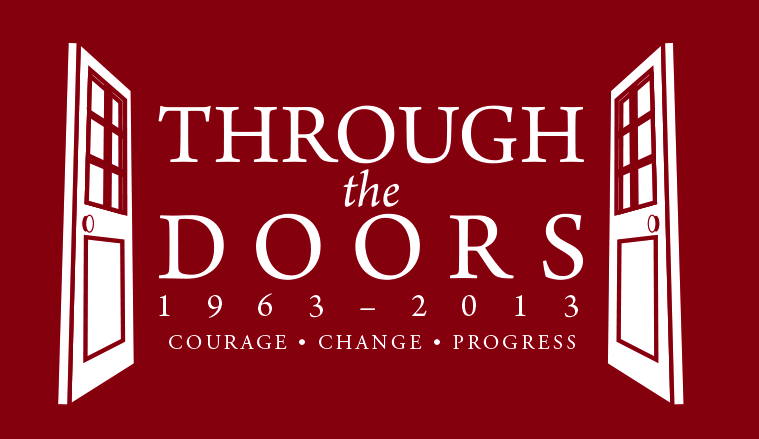James Hood

When James Hood helped to integrate UA under the watchful eye of a national television audience in 1963, education was the farthest career from his mind. He was planning to earn his degree, enter seminary and become a minister. More than three decades later, Hood returned to the university where he and Vivian Malone, the other black student who enrolled with him, defied then-Gov. George Wallace’s pledge to prevent desegregation efforts, earning a doctorate and nurturing his love of education. That love has been focused for many years on community-college education.
“I think [the community college] is where the need is and where the future of education is,” said Hood in a mid-1990s interview. “I think that the community college will be the place where people can get prepared for the most abundant jobs available now — service occupations. If you look at statistics for people coming out of four-year institutions … the jobs are not there. But if you look at the two-year college, I think that most of the jobs out there available for folks are the service jobs.”
Hood became involved with the civil rights movement through Dr. Martin Luther King, Jr.’s sister, his English teacher at Clark University in Atlanta, which he attended while waiting to enter college in his home state. At age 17, during the height of the civil rights movement, Hood and the NAACP sued UA to admit him. Federal courts ordered the University to desegregate; Alabama was the last state in the country to do so. Hood and Malone were admitted the following year.
Hood left the University after two months, saying he wanted to avoid “a complete mental and physical breakdown.” He transferred to Wayne State University in Detroit and graduated with a bachelor’s degree, having studied political science and police administration. He returned to The University of Alabama and earned a doctorate in higher education in 1997.
Hood died Jan. 17, 2013.
Source: BNET/Black Issues in Higher Education
Related Results
▪ Memorable: photos from the Ebony files
▪ Memories dim of Wallace’s stand at the schoolhouse door in 1963
▪ Vivian Malone Jones: May 30, 1965
▪ Former Gov. Wallace meets black man he tried to stop from entering University…
“I think [the community college] is where the need is and where the future of education is,” said Hood in a mid-1990s interview. “I think that the community college will be the place where people can get prepared for the most abundant jobs available now — service occupations. If you look at statistics for people coming out of four-year institutions … the jobs are not there. But if you look at the two-year college, I think that most of the jobs out there available for folks are the service jobs.”
Hood became involved with the civil rights movement through Dr. Martin Luther King, Jr.’s sister, his English teacher at Clark University in Atlanta, which he attended while waiting to enter college in his home state. At age 17, during the height of the civil rights movement, Hood and the NAACP sued UA to admit him. Federal courts ordered the University to desegregate; Alabama was the last state in the country to do so. Hood and Malone were admitted the following year.
Hood left the University after two months, saying he wanted to avoid “a complete mental and physical breakdown.” He transferred to Wayne State University in Detroit and graduated with a bachelor’s degree, having studied political science and police administration. He returned to The University of Alabama and earned a doctorate in higher education in 1997.
Hood died Jan. 17, 2013.
Source: BNET/Black Issues in Higher Education
Related Results
▪ Memorable: photos from the Ebony files
▪ Memories dim of Wallace’s stand at the schoolhouse door in 1963
▪ Vivian Malone Jones: May 30, 1965
▪ Former Gov. Wallace meets black man he tried to stop from entering University…

